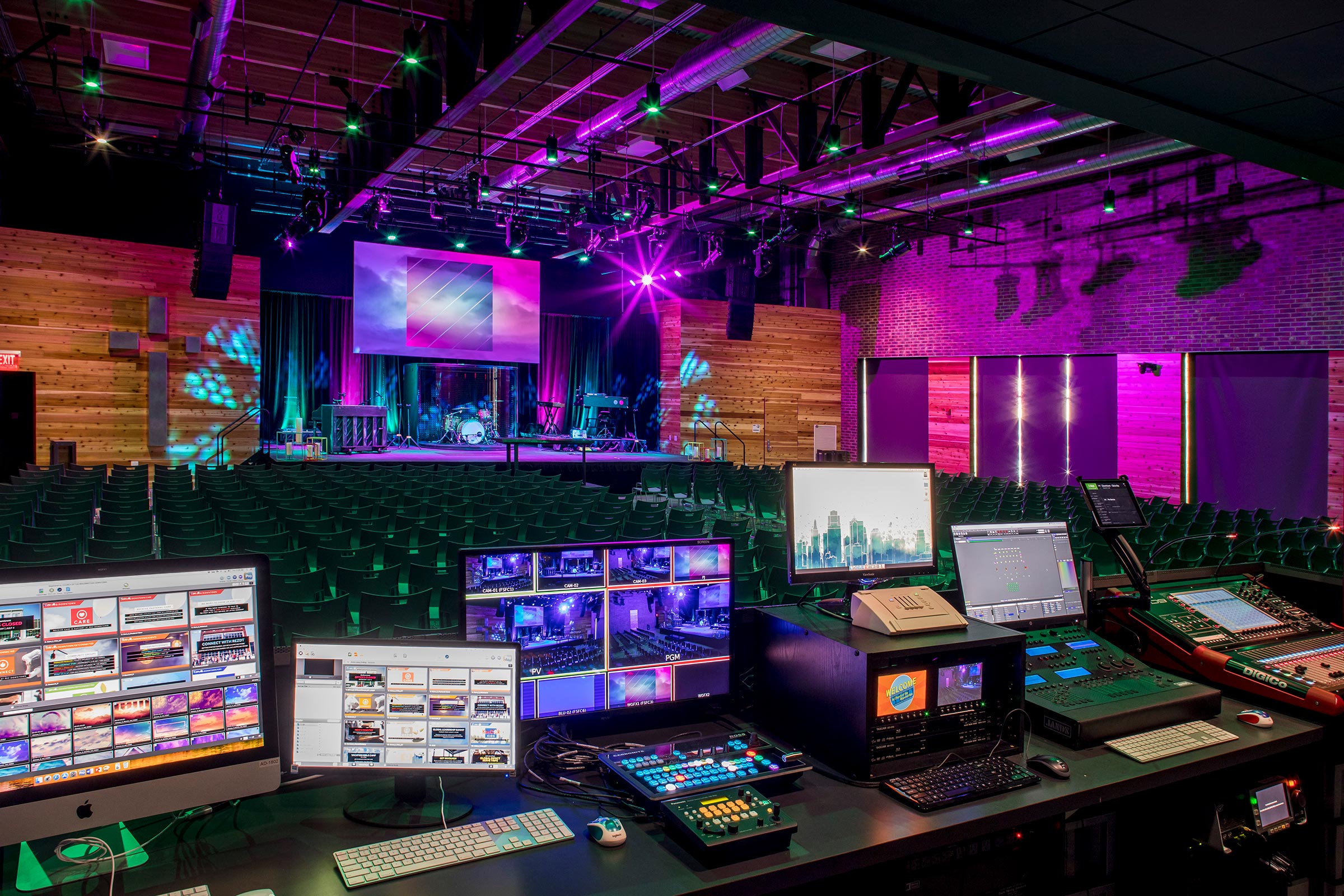Investigating the Benefits and Drawbacks of Static Frame and Mobile Projection Screensets for All Viewing Experience
Investigating the Benefits and Drawbacks of Static Frame and Mobile Projection Screensets for All Viewing Experience
Blog Article
When it pertains to enjoying movies, displays, or gaming, the kind of projection screen utilized can greatly influence the viewing encounter. Two common choices are fixed frame displays and portable projection displays. Each type has its unique set of benefits and drawbacks that can influence which one is best for a specific situation. Understanding these differences can help individuals and entities make informed choices about their viewing arrangements.
Fixed frame projecting displays are crafted to be permanently mounted in a particular place. A primary of the main benefits of stationary screens is their ability to provide a smooth, flat area for displaying pictures. This flatness ensures that the image clarity is sharp and distinct, which is especially important for HD content. Additionally, fixed frame screens often come with a dark frame that improves contrast and makes the displayed picture pop more. This type of display is ideal for home cinemas or specific display spaces where the configuration will not change frequently.
On the other hand, mobile projecting screens provide flexibility and convenience. These screens can be easily assembled and taken down, making them ideal for events that require mobility, such as conferences, educational settings, or al fresco movie nights. Portable displays come in various dimensions and designs, including stand and collapsible choices, allowing individuals to choose one that fits their requirements. The ability to transport these displays makes them a popular choice for people who require to present in different locations or for those who do not have a permanent area for a stationary display.
Nonetheless, there are some drawbacks to each kinds of screens. Fixed frame screens can be more expensive and require expert installation, which may not be practical for all. Additionally, after mounted, they cannot be moved with ease, limiting their use to one location. In contrast, portable screens may not offer the equivalent degree of image quality as fixed frame screens. They can occasionally have creases or bends discover this info here that impact the display, particularly if they are not set up properly. This can be a concern for those who value image clarity over ease of use.
Another consideration to take into account is the area available for the screen. Fixed frame displays need a specific space with enough surface space and proper illumination conditions to optimize the viewing encounter. This can be a constraint for those living in smaller homes or apartments. Portable displays, on the other hand, can be employed in multiple settings, from spacious theaters to small living rooms. This versatility renders them a practical option for numerous individuals, especially those who may not have a permanent configuration.
In conclusion, each stationary and mobile projection screens have their unique advantages and disadvantages. Stationary displays shine in offering high-quality pictures and a professional appearance, making them suitable for specific viewing spaces. Conversely, portable displays provide flexibility and ease of use, making them ideal for on-the-go presentations and occasions. By considering the benefits and disadvantages of both kind, individuals and organizations can select the projecting display that most meets their specific requirements and improves their viewing experience.